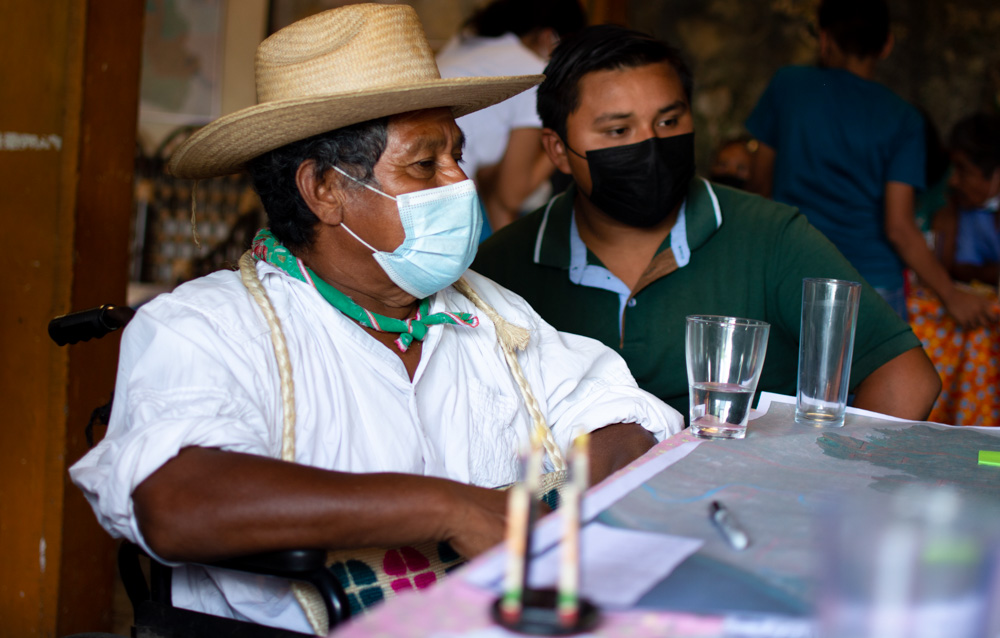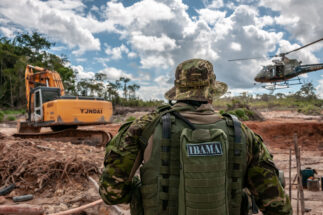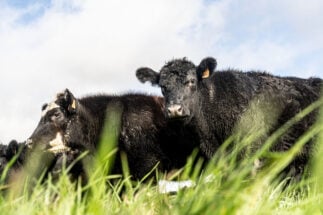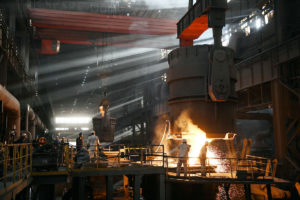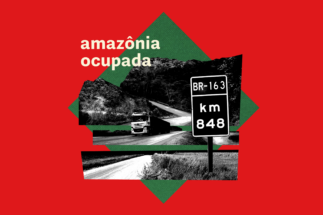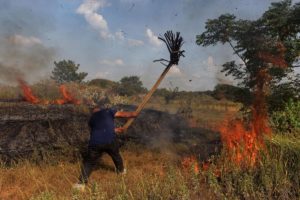In the town of Papantla in Mexico’s Veracruz state, several families live minutes from oil wells, while pipelines run beneath their houses, rivers and crops.
Edgar Ricardo, a 19-year-old farmer and mechanic from the community of Paso del Correo, feels somewhat lucky to live just ten minutes away from an oil well: he has seen how those who live only five minutes from these boreholes are being impacted by bad smells, water shortages and health problems. Edgar is thankful that his village still has access to clean water, but he knows that this could yet run out, as these wells are contaminating areas near the Tecolutla River, on which his community also depends.
The municipality of Papantla is located in the north of the state of Veracruz. The Cazones and Tecolutla rivers are part of the identity of its inhabitants, and essential in the cultivation of vanilla, which is native to the region. Veracruz is in fact the country’s main vanilla producer, accounting for 70% of production, as well as being home to abundant flora and fauna.
The region also happens to be rich in hydrocarbons, and is one of the primary areas for gas and oil extraction and exploration.
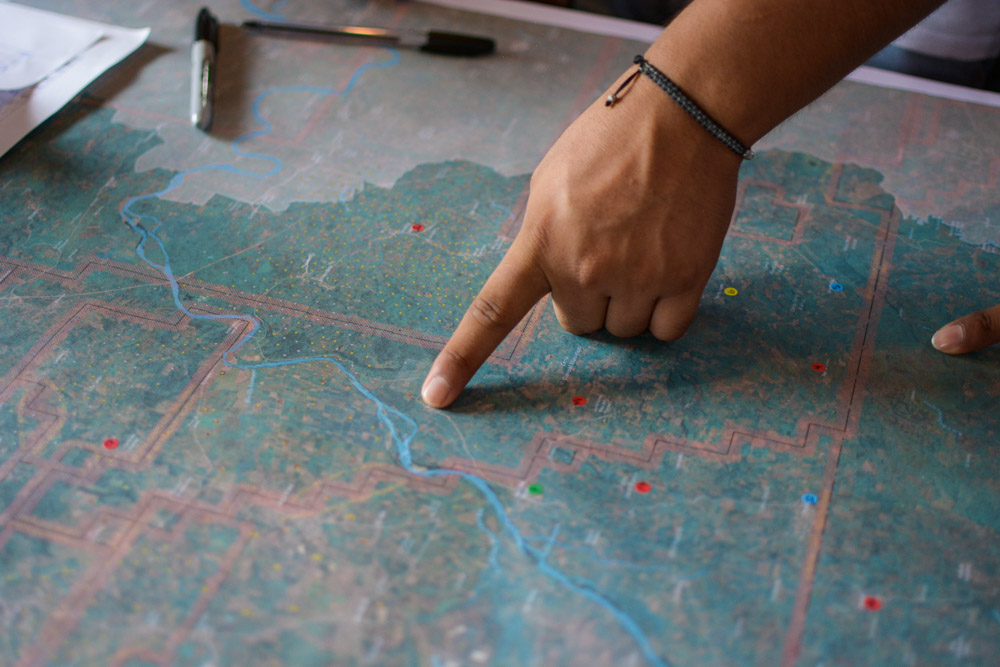
However, in some areas, the use of techniques and energy sources that generate high impacts on surrounding communities continues to be promoted. This the case in Papantla, where shale gas is extracted by hydraulic fracturing – or fracking – a technique that uses pumped water to tap gas and oil trapped in the pores of impermeable rocks in oil shale deposits, known as unconventional reservoirs.
64%
of Mexico’s total greenhouse gas emissions come from the consumption of fossil fuels, according to its 2018 official inventory.
These shale formations are found at depths of between one and five kilometres, which is why they require more complex treatment, unlike conventional reservoirs, where the hydrocarbons flow more easily into the wells. The fracking of a single well can require as much as 29 million litres of water.
The state-owned oil company Petróleos Mexicanos (Pemex) is in charge of the country’s hydrocarbon production. According to a Climate Accountability Institute study, among the world’s fossil fuel companies, Pemex is the ninth largest producer of emissions since 1965.
In rural areas of Veracruz (those with less than 2,500 inhabitants), only 44.37% have access to drinking water in their homes, according to the Water Advisory Council (CCA). Nevertheless, large amounts of water continue to be allocated towards these fracking projects.
Papantla among most affected areas
Fracking may be affecting as many 118 municipalities in seven Mexican states. However, it would be very difficult to know with certainty how many active wells there are in Mexico. The activist organisation Alianza Mexicana contra el Fracking has denounced that hydraulic fracturing has also been carried out in conventional reservoirs, and that information available from the government is contradictory and incomplete.
Based on a request for information filed by civil society organisation CartoCrítica, there have been 924 fracking wells drilled in Mexico since 2003. This technique has been used in the country since January 1996. Of these 924 boreholes, 349 are in Veracruz and 172 in the municipality of Papantla, within which there are 73 towns and communities.

Inhabitants of these communities have denounced environmental impacts including air pollution, frequent fires caused by oil spills, contamination of aquifers, as well as the loss of biodiversity and natural landscapes. Health impacts have also been reported, with women being the most affected by the high quantities of toxic chemicals used in drilling.
Some of the chemicals used in the fracking process, such as bisphenol A (or BPA), are endocrine disruptors, environmental pollutants that modify the behaviour of hormones. Exposure to these substances has even been linked to breast cancer. The effects of fracking have also been associated with problems in mental health, immunity and the cardiovascular health in nearby communities.
Furthermore, women living in proximity to fracking operations may be prone to premature births, while babies have been born with low birth weight due to exposure to arsenic linked to fracking processes, which may also generate congenital anomalies.
Another pertinent example of the environmental impacts of hydraulic fracturing was seen this June in Papantla, when a Pemex pipeline exploded and caused a fire that lasted four days.
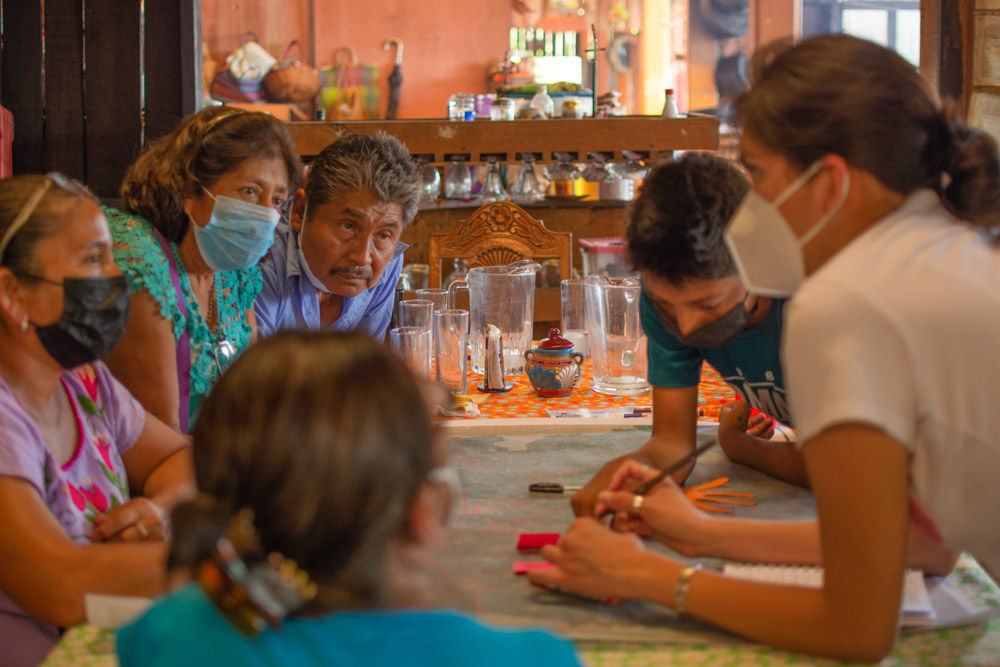
According to Pemex’s Emergency Coordination and Support Centre (CCAE), the company registered 176 reports of spills and leaks between 2018 and 2021; of these, 156 were spills and 20 leaks. The states of Tabasco and Veracruz have been the most affected, accounting for 63% of the devastation.
A request for information on company assessments of environmental impacts over the last ten years was filed with subsidiary Pemex Exploración y Producción (PEP), but no response had been received at the time of publication.
Government backing fracking
Although fracking has been banned in some countries, including France, Bulgaria and Spain, and faces criticism worldwide, it continues to be backed in Mexico – this despite President Andrés Manuel López Obrador’s declaration in 2019 that there would be no fracking in Mexican territory.
“We will not use methods of extraction of raw materials that affect nature and deplete water sources, such as fracking,” read one of the 100 commitments made at the outset of his administration, and one that the official website of the presidency says has been “fulfilled”.
But this strays far from the truth. The budget reportedly allocated towards fracking in Mexico in 2022 has increased, according to information gathered in 2021 by the Alianza Mexicana contra el Fracking. It is estimated that 15.2 billion pesos (US$755 million) will be allocated to the country’s Federal Expenditure Budget Project (PPEF) 2022, which is considering two projects that would require the use of fracking.
Defending the territory
In towns such as Edgar Ricardo’s, there is resentment that fracking projects have arrived without the consent or authorisation of residents, and regrets at what they mean for future of their communities. “It is like taking away people’s heritage, practically, because if they take away the land of a man or a woman, what are they going to leave their children?” asks Edgar.
Like him, there are many young people who are interested in defending their territory and preventing pollution from having a greater impact on their communities. In May 2016, 80 young people from different areas came together in order to acquire knowledge and theoretical and practical tools about fracking. At the end of the camp, young participants spoke out in favour of the protection of their regions, and the memory and legacy of their grandparents.
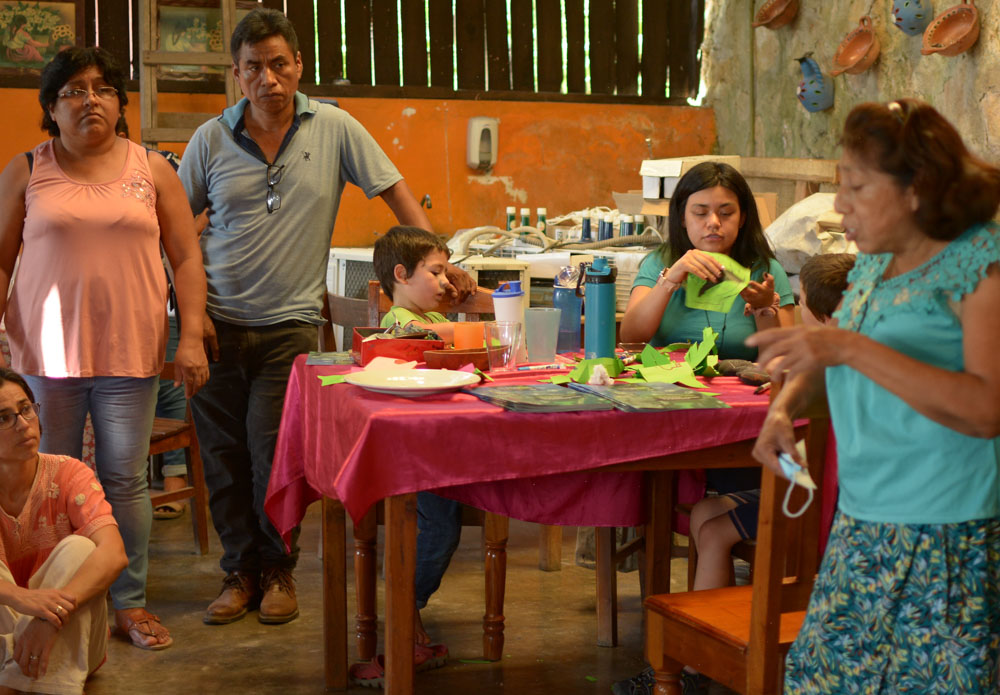
Since 2009, people of multiple generations have taken action against fracking projects, such as blocking access to the facilities of different oil wells to demand payment for damage to their crops, and the introduction of drinking water systems to homes – promises that Pemex had made to them in 2008. Following the path of their struggle, in 2015 members of 50 social organisations gathered in the Emiliano Zapata community in Veracruz to protest against fracking.
After two years of pandemic delays, this May a workshop entitled “Care and defence of the territory: Fracking in Papantla” was held in the town of El Remolino, with the aim of better understanding the current state of fracking in the region, in addition to identifying places and actions for community resistance. Approximately 50 people from different parts of the municipality of Papantla attended this meeting.
During the workshop, they agreed to start an amparo, a last-resort legal proceeding for the protection of constitutional rights, which can be used when it has not been possible to appeal for a prior, free and informed consultation. According to Yoatzin Popoca Hernández, a lawyer at the Mexican Center for Environmental Law (CEMDA), “there is no legally valid way to combat these projects… There are no more [options], and you have to go to amparo.”
But before that, they say, there are other instruments that could help, such as the Escazú Agreement, the treaty that seeks to promote access to information, public participation and socio-environmental justice in Latin America and the Caribbean – the same region that has been described as the most dangerous to defend the environment.

“That is why the Escazú Agreement is so important, because it would have to raise the standards of the right to information, it would have to make transparency ‘active’, not simply publishing it,” indicates Yoatzin, who adds that the treaty it is not being implemented in Mexico, despite the fact that it has been ratified for a year.
Although the inhabitants have a long way to go, while facing multiple human rights violations in their territory, there is a sense of struggle as they organise themselves to exercise their rights, despite all the difficulties they have experienced.
This is reflected by José Antonio Santiago Osorio, from the community of Paso del Correo, who participated in the workshop focused on demonstrating against fracking and on the protection of the region’s precious aquifers.
“We don’t agree with it and we are defending the territory,” Osorio said.
The full version of this article was originally published on Climate Tracker, and is reproduced here with permission.
